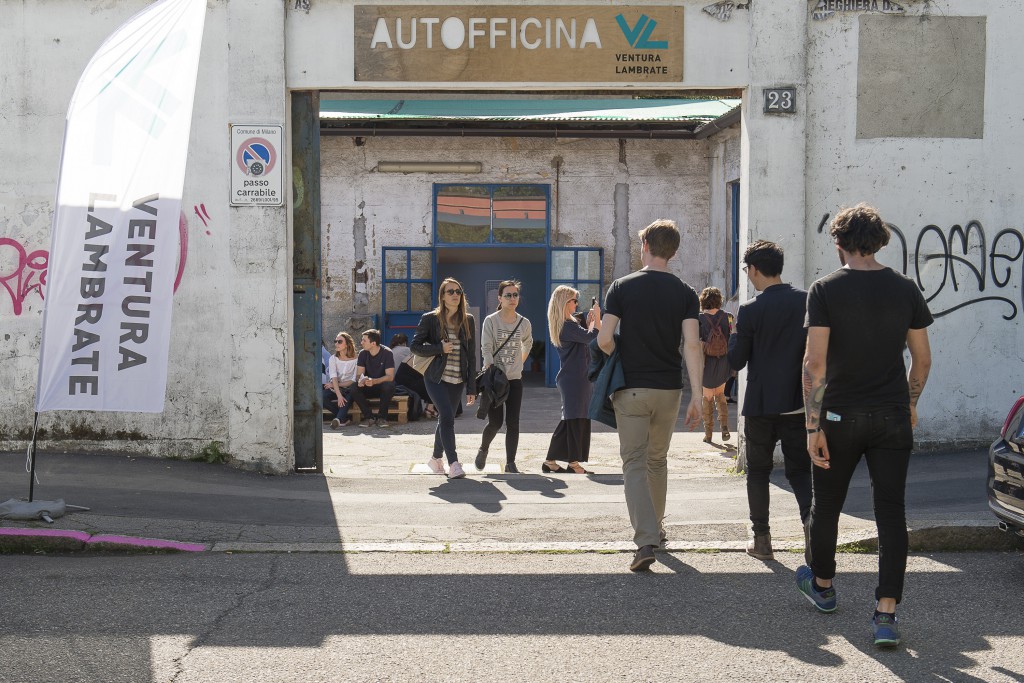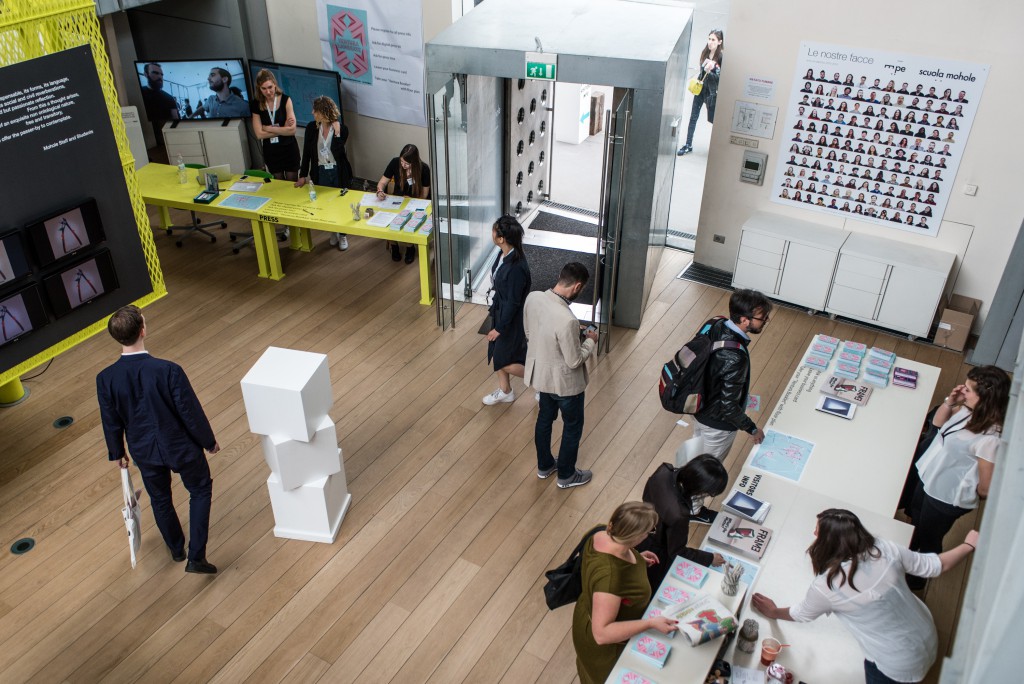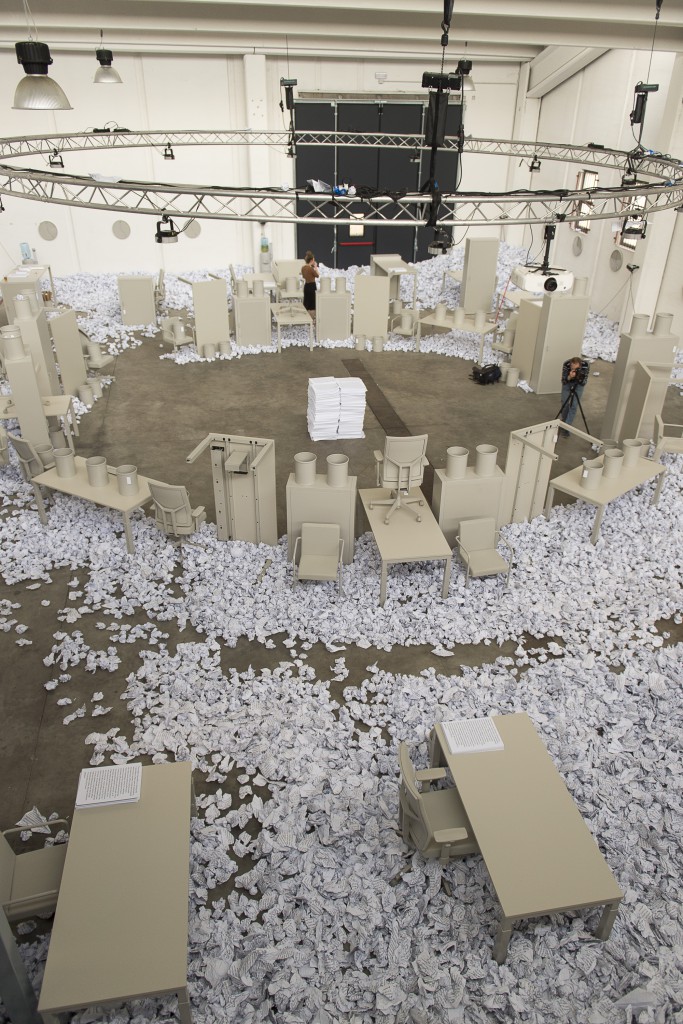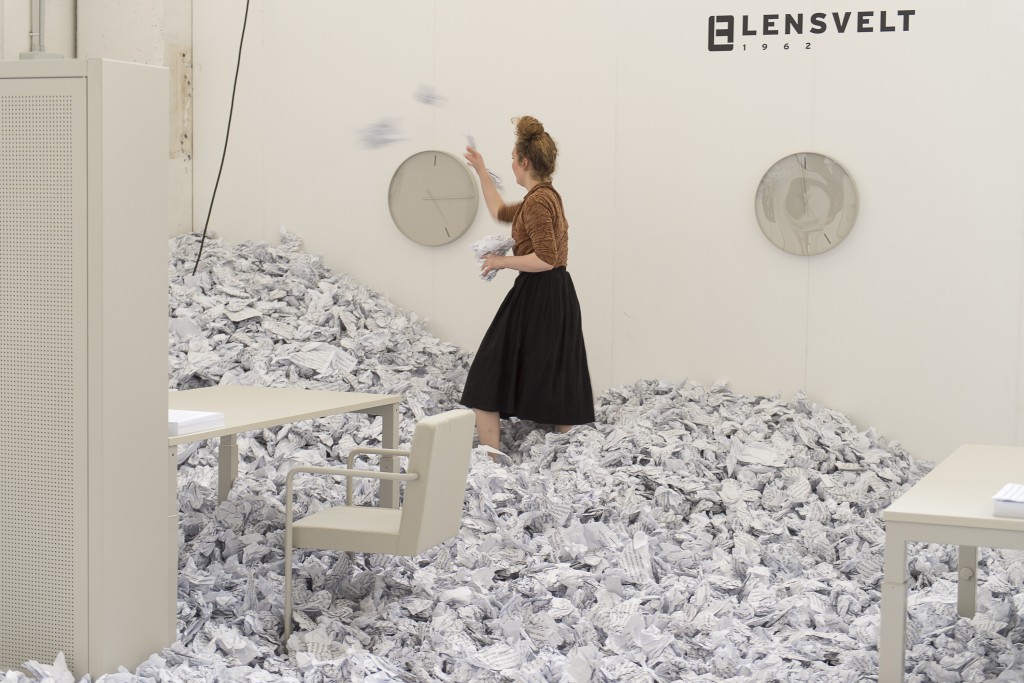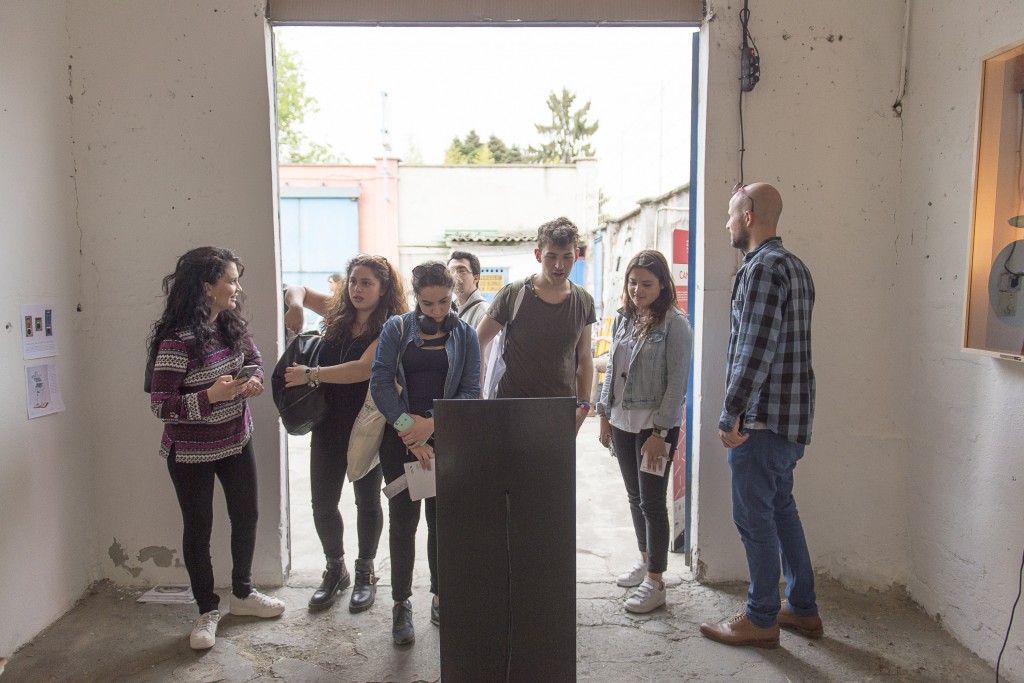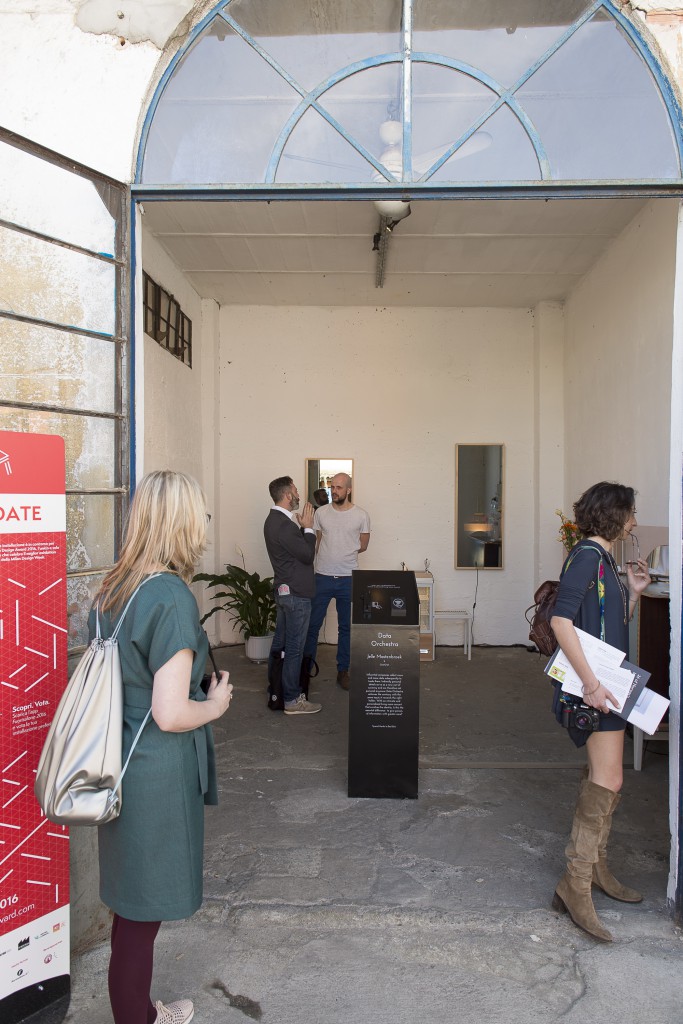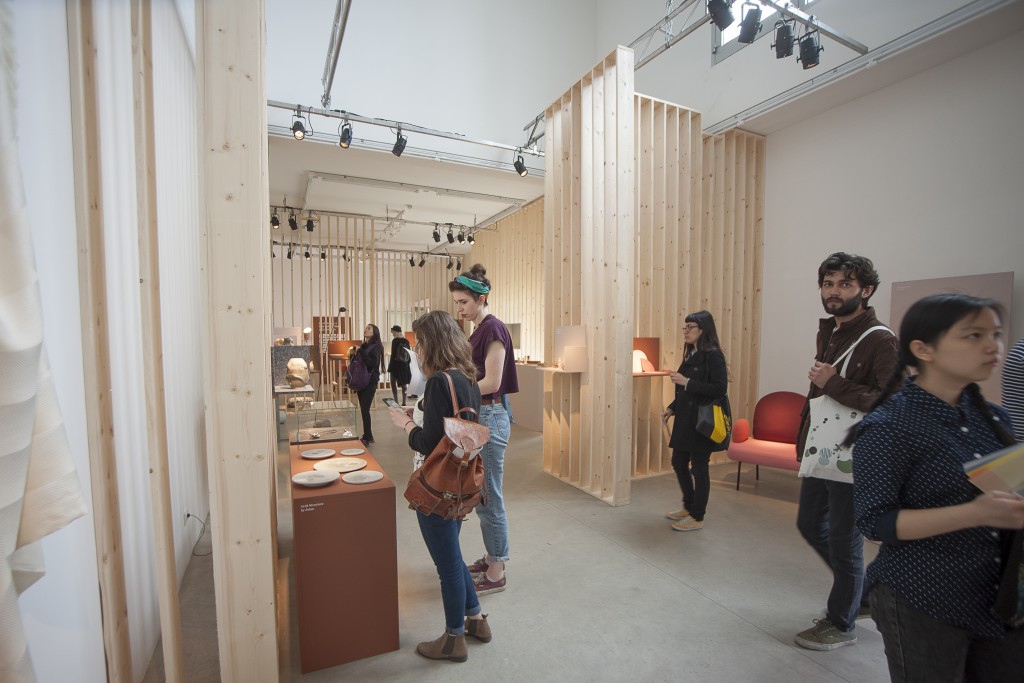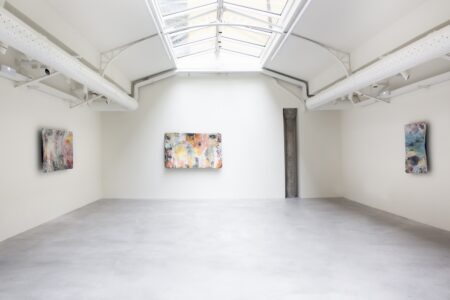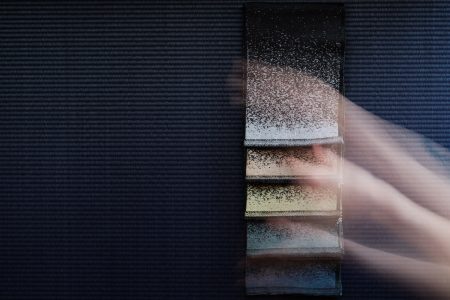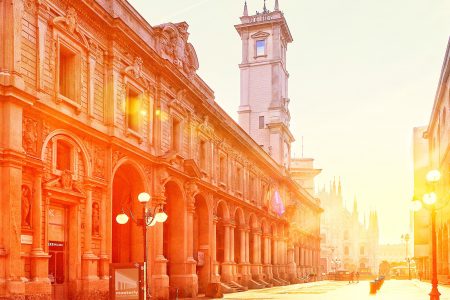Ventura Lambrate Founder Margriet Vollenburg
In its seventh edition as of the most recent Salone del Mobile, Ventura Lambrate has firmly cemented itself as a tentpole event of the Milan Design Week. Organisation in Design has staged the event every April for the better part of a decade now, and this year also sees the debut of Ventura New York. We had the chance to catch up with founder Margriet Vollenberg, who was happy to share some insights and anecdotes from her 15+ years in the design world.
Let’s start from the beginning — can you tell me about the origin of Organisation in Design and Ventura Lambrate?
Organisation in Design is the company behind Ventura Lambrate — it’s a production and PR company that I started in 2005, when I returned from Milan, where I lived for five years after graduating from the Design Academy Eindhoven.
Organisation in Design organises events such as Ventura Lambrate, as well as productions for designers and companies. We also do PR for some of the bigger names in the design world — one of my first clients was Marcel Wanders, for the launch Moooi in Milan. At a certain point during those years, when I was working for several Dutch companies, I felt the urge to start a new platform to showcase young and emerging talents. Ten years ago, just before the crisis, it was really about big names, big presentations in the fair, or Superstudio in Zona Tortona. It was really big, bigger, biggest.
At a certain point, that was not the case any more: I realized that it was really difficult to exhibit in Milan, not only for the younger generation of designers but also for institutions and academies. I wanted to create a platform for them, which resulted in Ventura Lambrate. It has been very successful from the outset, and this year marks our seventh edition.
Ventura Lambrate has quickly outgrown characterizations of being predominantly Dutch, or for design schools, to a place for emerging talent.
Yes, exactly — in the beginning, of course, you rely on your connections, and because I was based in the Netherlands, it was logical that many of the exhibitors came from northern Europe. But for the last three or four editions, it has gone completely international: This year we had 29 nationalities; last year, it was 30.
It is true that the Dutch are always well represented, but so are the Scandinavians, and the Italians… it’s easy for the press to call it still the Dutch District, but that’s not true.
And on the other side of things, regarding the visitors to Lambrate: Do you get a lot of visitors from the general public alongside the professionals?
It’s really a mix, but I think it’s like that everywhere during the Fuorisalone. On the weekdays, it’s professionals; on the weekends, it’s a mix of people from the city itself, who are coming to see what else is going on during the Salone, but also the people who were at the Salone del Mobile the whole week — they finally make it out of the fairgrounds and they explore the city. So during the weekend it’s a mix, and during the week, it’s professionals only.
It also makes sense that the general public comes: You cannot have entrance tickets at the Fuorisalone, especially in Ventura Lambrate, where the streets are open and anyone can simply walk in.
How have the Salone & Fuorisalone changed over the years — i.e. the financial crisis and more recently the backlash to Milan in the design media? How has Ventura Lambrate reflected this change?
I think it was more a crisis of London than it was of Milan. I have been attending the Salone for 16 years, and of course I go to many design events all over the world, which is also a new phenomenon. Nowadays, every city has a design week, so it’s absolutely true that there has been a shift — not so much a reaction to the crisis but rather to seeing what others are doing by creating those design events… at a certain point, it just feels like too much. And then of course it is easy to complain about the most established ones, because they start to get a bit boring when you have gone there for so many years.
But the good thing about Milan is that the whole design world is there at that moment, so it’s easy to do business. The fact that everybody is there that week is its strong point, and that is also my goal with Ventura Lambrate. From the beginning, I set out to create a district where you could see many things in one day. I often hear journalists come to the press desk and say, “OK, I’ll leave my trolley here, and I’ll be back in one hour.” And then they come back then in four, five, six hours, and they say, “I saw so many things in walking distance, etc.” That is important because it costs a lot of money, time, and energy to go from one side of the city to the other just to see things.
So having a lot of exhibitions together was a practical consideration for Ventura Lambrata. But this is just one of our strengths; you could say the same about Zona Tortona, but the big difference between Tortona and Lambrate is that we curate everything. The selection process ensures quality control, which is also important for me. In the beginning, we were very strategic, working with the likes of Jaime Hayon or Maarten Baas — you need those people to attract the public when the other exhibitors are not as well-known yet. It is very difficult for unknown designers to exhibit on their own and get noticed; companies will always win when it comes to production budgets. Ventura Lambrate allows people to come together to do things that they couldn’t do by themselves.
It’s also nice to see the previously unknown names from the first three or four editions of Ventura Lambrate now working for big companies or having their own big exhibitions. It’s rewarding to be a kind of stepping stone for them, and that’s really my goal for Ventura Lambrate, and Ventura Projects in general.
Can you share any success stories from this year?
I was very happy with the two Milano Design Award nominations that we got, out of six categories in all — both of which also won the prize, which was great. Jelle Mastenbroek won best technology with his project “Data Orchestra”, a beautiful project in which he raised awareness about the data that everyone leaves behind, such as their credit card or personal details. It was especially nice because the other winners included big companies like Panasonic, and Jelle just recently graduated from the Design Academy.
And the other winner is Lensvelt, a more established brand, who won for “Best Concept” — who collaborated with Space Encounters to present a new way of working, The Boring Collection. They are big success stories who are all over the place now, which is really incredible.
Normally around June/July, we call all of the exhibitors and ask for their success stories. But this year, I have already heard about some sales that came immediately out of Ventura Lambrate, which is unusual because sales normally do not come directly out of these kinds of events. Maybe at the fair, where buyers are coming and they say, “I would like 100 pieces of this” and you have a follow-up after that. But at Ventura Lambrate, some fashion brands did some big acquisitions — Missoni and Paul Smith bought some nice pieces — and some big projects have come out of this year’s event.
I’m really optimistic: In recent years I’ve noticed a big difference in the way visitors respond to the projects. For me, it’s so important that business comes out of it, because I know how expensive it is anyway to come to Milan — not only the square meters that you rent, but also the prototype you have to make, and all the work and energy, not to mention the hotel prices. It’s very important that the results are worth the investment, and this year that was absolutely the case.
And you launched a small exhibition in New York this year?
I worked in New York for two years, about seven or eight years ago; this is the first time that we come to New York with Ventura, in collaboration with the Dutch Embassy. I’ve known them for a long time and about two years ago they said to me, “Margriet, we’re afraid that Dutch designers are not coming to New York any more”. And it was true, because seven or eight years ago, there were still some big galleries that represented designers such as Maarten Baas, Hella Jongerius, Jurgen Bey — Studio Job became really big in New York — but in recent years, the Dutch designers haven’t had much presence at all. So the embassy said to me, “Look, the market is growing again, and something is happening there, so watch out, because otherwise you’ll miss the boat — Dutch design is not there any more”.
Of course funding is very important for doing something overseas, so it is supported by Stimuleringsfonds (the fund for creative industry), the embassy, and Organisation in Design itself. We are presenting Ventura New York, featuring 14 Dutch designers who had never done anything in New York, in the U.S., which was important for me — to bring this new generation of Dutch designers and to help them gain a foothold in the market there, seeing what we can create with them there. That’s what Ventura New York – The Dutch Edition, is about.
